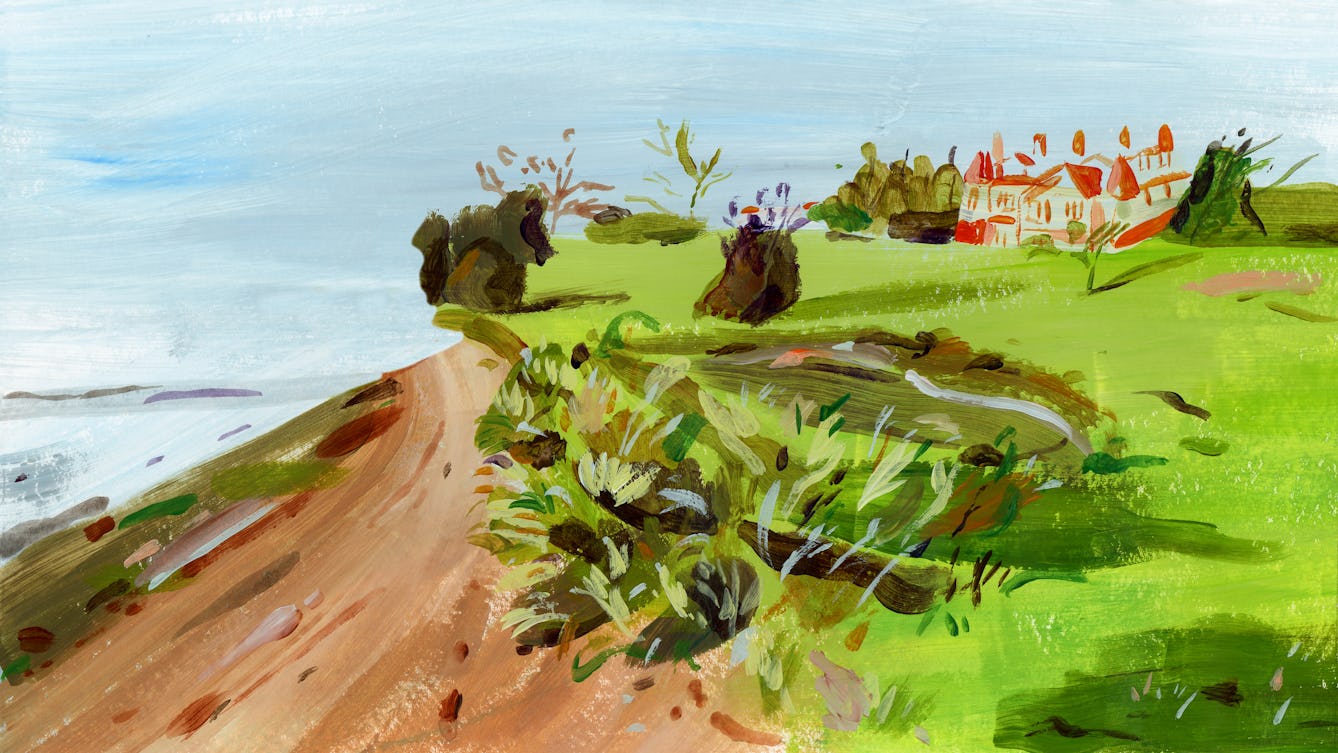Stories

- Long read
Rehab centres and the ‘cure’ for addiction
Guy Stagg takes us on a brief history of rehab centres and their approaches to addiction and recovery.

- Article
Tripping for spiritualism and science
Getting high in the name of religion or creativity has been practised for centuries. Now it seems hallucinogenics could help treat mental illnesses too.

- Article
Inhaling happiness and gasping for a high
The rapid, short-lived high we get from whippets, reefers and vapes can be accompanied by long-term health consequences. The search is on for safer ways to get stoned.

- Article
A history of mindfulness
Matt Drage questions how an ancient religious practice became a secular cure for stress.
Catalogue
- Journals
Annual report / Wellcome Trust Centre for the History of Medicine at University College London.
Wellcome Trust Centre for the History of Medicine at UCL.Date: 2001-- Archives and manuscripts
The Wellcome Trust Centre for the History of Medicine at University College London programme, 2001-2002
Date: 2001Reference: WT/D/7/8/2Part of: Wellcome Trust Corporate Archive- Archives and manuscripts
Brochures for the Wellcome Trust Centre for the History of Medicine at University College London
Date: 2000sReference: WT/C/7/4/1Part of: Wellcome Trust Corporate Archive- Archives and manuscripts
The Wellcome Trust Centre for the History of Medicine at UCL brochures
Date: 2000-c.2006Reference: WT/D/7/8/1Part of: Wellcome Trust Corporate Archive- Books
Life in physiology : memoirs of Glasgow University's Institute of Physiology during the 1920's and 1930's ; including residences at the Western Infirmary, Glasgow, and study visits to the University of Freiburg, University College, London and the University of Leeds / Robert Campbell Garry ; edited by David Smith.
Garry, R. C. (Robert Campbell), 1900-1993.Date: 1992









